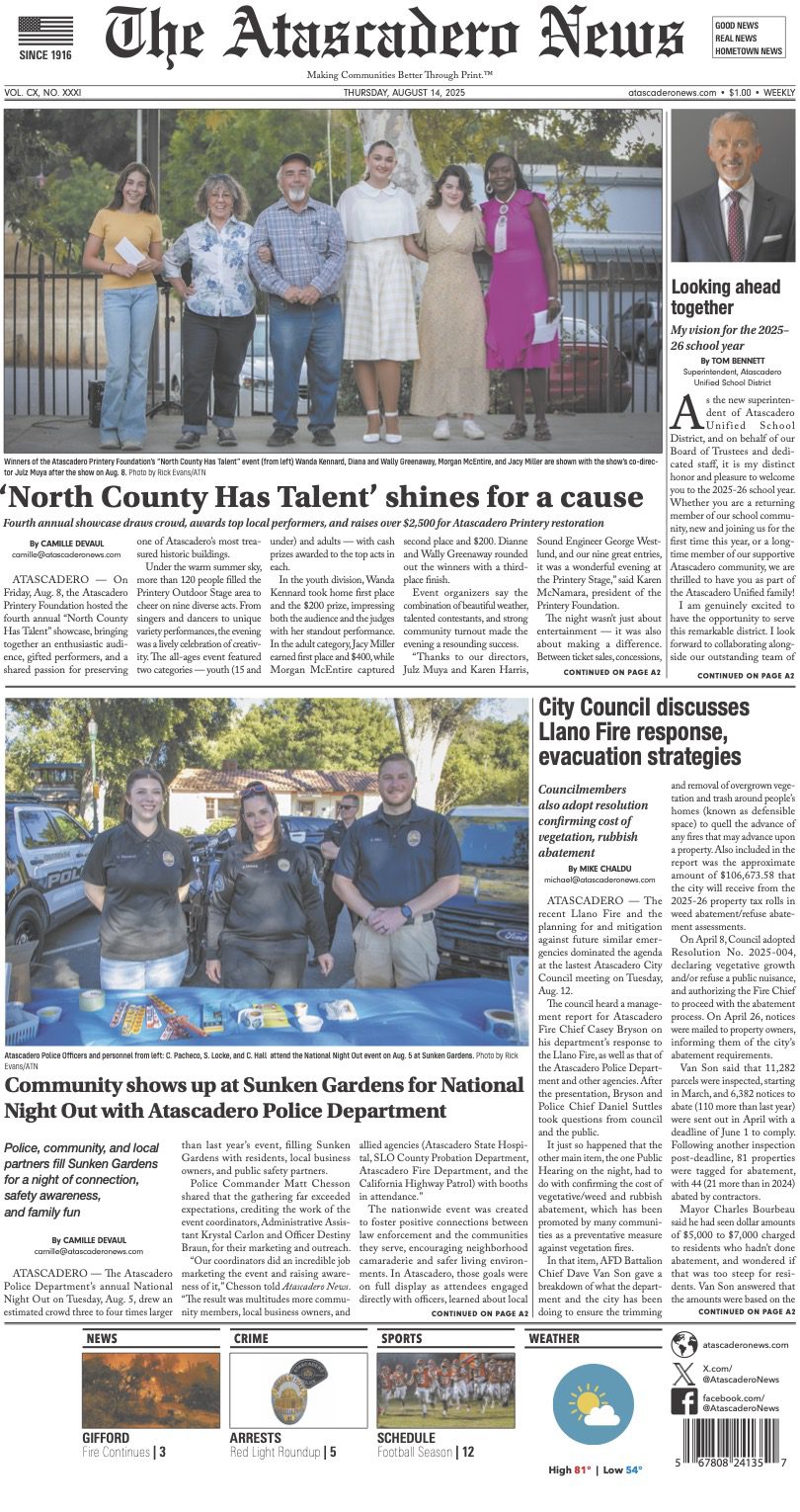August 6, 2020, is the 75th anniversary of the dropping of the atomic bomb on Hiroshima, Japan (the first of two atomic weapons used), leading to the end of the bloodiest war in human history.
For most of the last 75 years, western scholars have waged an unremitting campaign to discredit the dropping of the bomb, asserting America unnecessarily slaughtered Japanese civilians when peace was imminent. I challenge that assertion, and the military and political history of the Pacific-Asia campaign of WWII bears it out.
Almost all academic scholarship since 1970 regarding the dropping of the bomb avoids the military realities of the war with Japan, most importantly, the conduct of the Japanese Imperial Military forces and the military dictatorship which governed Japan.
The Hiroshima bomb, the first actual military atomic weapon, was so unstable that it had to be assembled in flight lest an accidental detonation on takeoff resulted in the death of thousands of American airmen. The B-29 Enola Gay executed its mission, dropping the weapon at 8:15 a.m., which detonated at 1870 feet, releasing a fireball hotter than the surface of the sun. At least 64,000 Japanese died instantly. Hiroshima was a legitimate military target, but the civilian casualties were far less than had occurred in the previous six months from conventional bombing. American firebombing of Japanese cities had resulted in over 200,000 civilian deaths in just one prior raid on Japan’s cities without the Japanese military weakening in their resolve to fight-on. The firebombing was adopted as Japan had dispersed its industrial production throughout civilian neighborhoods, making precision-bombing ineffective with high losses of American aircrews. Shot-down aircrews, after brutal interrogations, were universally executed by Japan’s military.
Japanese Imperial forces devastated China between 1937 and America’s entry into the war in December 1941. In 1937 Japanese forces ravaged the Chinese cosmopolitan city of Nanking, raping 40,000 Chinese women and girls as young as five, killing over 200,000 civilians in a month-long orgy of murder. Japan’s barbarism towards indigenous civilians in the conquered territory, along with prisoners-of-war (POWs) and interned civilians, was emblematic of Japanese military conduct throughout the war in every area of occupation. Those they didn’t immediately murder were raped, tortured, subjected to barbaric medical experiments, or starved-to-death. (Unit 731, a Japanese biological weapons unit in China, killed over 200,000 Chinese civilians and POWs in their experiments, including dissecting victims alive without anesthetic).
As Japanese forces were decimated by Allied advances, the Japanese Imperial Headquarters issued orders to execute all prisoners of war. In the Philippines, this was carried out on the island of Cebu, where allied prisoners were burned alive, prompting a major and successful Army Ranger raid to rescue prisoners on the island of Luzon. Unfortunately, many more prisoners did not survive and would not survive longer due to starvation and disease rapidly killing the 150,000 allied POWs still in captivity.
As Allied forces approached Japan, its forces increasingly engaged in suicidal tactics, choosing death over surrender. Allied casualties mounted with each amphibious operation, culminating in the bloodbath at Iwo Jima, where the Marines suffered 7000 dead, followed by Okinawa, where 23,000 Americans lost their lives. Suicide attacks sank 36 American ships, damaging many more: 293,000 Japanese troops and Okinawan civilians lost their lives.
Japan’s military was determined to fight to the death, even at the cost of the entire civilian population. For example, e.g., schoolgirls were given bamboo spears to charge Allied troops on the beaches as the Imperial staff waxed about “the death of 100 million flowers.”
After the dropping of the second atom bomb, the Japanese military refused to surrender; the Imperial War Council was deadlocked. The Emperor broke the tie, but a Palace military coup attempted (unsuccessfully) to prevent the Emperor from broadcasting his order-to-surrender speech to Japan’s military forces, which finally ended the war.
Over 25 million people died in the Asia/Pacific War, and it’s estimated that 20 million or more Japanese and millions of American/Allied troops would have died had the war continued, including the annihilation of the entire U.S. Marine Corps. Hiroshima was tragic, but ironically, the Bomb conceivably saved Japan’s civilian population from merciless destruction at the hands of its military dictators.
References: The Fall of Japan by William Craig, 1967
Japan’s Longest Day by Pacific War Research Society, 1963 (Japanese translation), 1968, English
The Pacific War: World War II and the Japanese, 1931-1945 by Saburo Ienaga, 1978
Al Fonzi is an independent columnist for The Atascadero News and Paso Robles Press; you can email him at atascaderocolumnist@gmail.com.










